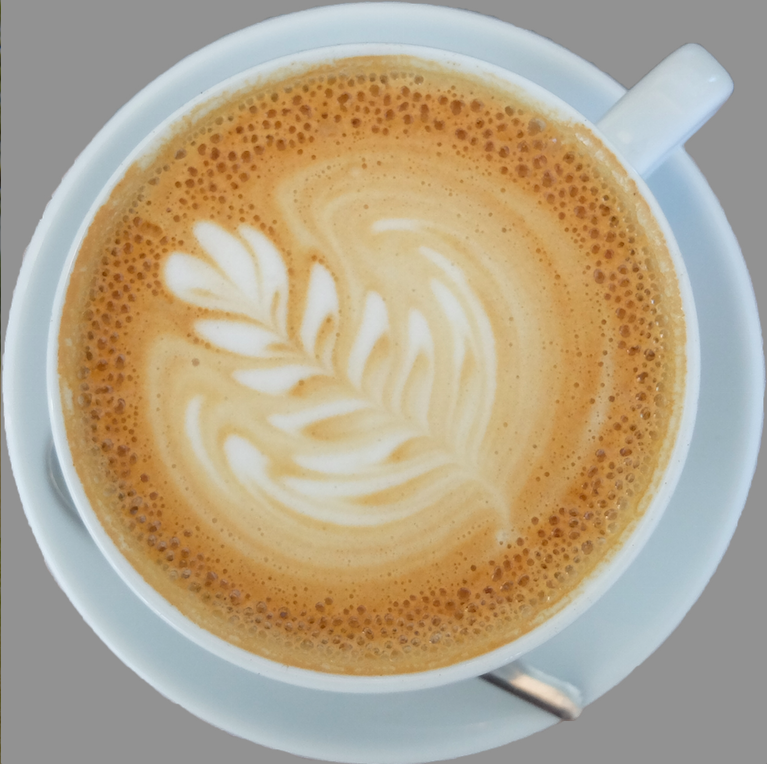Third Wave Coffee
In recent years, coffee has transformed from a daily routine to a culinary experience. According to the blog Craft Beverage Jobs, an online platform that connects people in craft beverages, the history of coffee can be classified in three distinct waves. The first wave of coffee started in the 1800’s, and was centered around “ready for the pot” coffee, which was a quick and easy way to produce coffee for the masses.
Following this was the creation of second wave coffee, adding cappuccino and latte into the coffee vocabulary. Described by the Guardian in 2009 as “global Starbucksification,” second wave coffee changed the coffee drinking experience to be communal with the creation of the coffee shop. The quality of the coffee was undercut as the spotlight shifted away from the actual coffee towards the brand, advertising, and customers. Those who recognized the lack of quality in second wave coffee opened stores with the goal of focusing more on coffee quality. Small coffee brands began traveling to different coffee farms in Asia, Africa and South and Central America and collaborated with small growers. As each brand began sourcing from a unique location and highlighting the distinct taste of each farm’s coffee, America’s coffee palate diversified.
Stanza Coffee Ex-barista, Patrick Hogan, described third wave coffee as “the scientist approach to second wave coffee.” He explained that third wave coffee aimed to maximize the potential of coffee though designing a very specific equation. Variables included roasting levels, water temperature, ratio of water to coffee, how fine the grind is and coffee saturation time. Although most third wave coffee stores now boast an array of complex machinery ranging from the siphon to the chemex and an elaborate process of roasting and preparing the coffee, ingredients in third wave coffee stand alone in their purity. In third wave coffee, there are “no ingredients apart from coffee, water and milk,” Hogan explained, paired with “attention to the manner and process in which you brew it.” Hogan explained that the third wave coffee movement washed over coffee drinkers with outrageous speed.
Urban Drama and Performing Arts teacher, Frances Evans, who previously lived in Oklahoma, said she was accustomed to coffee from Starbucks and Peet’s. However, Frances was impressed with Ritual Coffee when she moved to San Francisco. When asked about Ritual Coffee, Frances said, “The coffee is really different. It’s completely fresh, lighter, more flavorful, than what I was drinking in Oklahoma, which was too burnt.”
Clarke Weatherspoon, Urban’s Dean of Equity and Inclusion and 9/10th grade Dean, said, “As a coffee consumer, I am thinking almost entirely about the taste, the experience of drinking it and how I feel after.” He found that for third wave coffee, “the caffeine experience is cleaner, and not as intense and jittery.”
Due to the abundance of third wave coffee shops, drinking third wave coffee has become a trend. In the Upper Haight alone one can find Stanza, Flywheel, and the recently-opened Ritual Coffee. However, the popularity of this coffee has undermined the initial goals of the movement. The result is that although most baristas are aware of where their coffee comes from, and the impact of the third wave coffee movement, many of the store’s coffee drinkers are not. The effort and care that is put into a cup of coffee from the planting of the seed, to the presentation of a perfect milky heart, often goes unnoticed.
Wetherspoon said that although he appreciates the taste of the coffee, “I don’t think about the education around where beans come from … Were I to find out that there were bad things around the sourcing and production of the coffee, then I would stop drinking it.”
Hogan noted that “when people come in (to Stanza) and say ‘what are we drinking today’ in the cheesiest fucking way, I don’t know if they actually care, or if they are just trying to make conversation.” Kelly Burn, another Stanza barista, adds that even long term customers “don’t know what we are doing.”
Although there is still much debate, many, including Ritual coffee barista, Jasper Wide, think that the fourth wave of coffee will be about educating the consumer about the coffee they are drinking.
A few stores have already started this education process.Tim Hertz, Equator coffee barista, explained that the store “has coffee cuppings where they will bring out four different types of coffee and customers can smell and taste the coffee in various stages of brewing. That gets people very interested. They can try it and then buy it if they like it. These tastings make customers appreciate the subtle flavor profiles, rather than just drinking the coffee for its caffeine.”
Ritual coffee is also leaning towards an educational coffee drinking experience. The stores offer informational posters on what goes into creating a cup of coffee, short stories highlighting the work and lives of specific coffee growers, and opportunities for baristas to visit coffee growers themselves.
Equator and Ritual, along with a few other third wave stores, have begun this long process of educating the coffee consumer as to what is behind the perfectly roasted single origin drip coffee. This potential fourth wave of coffee, stemming from a transformation of branding and increased conversation about the coffee, will create a fuller store experience. The days of quick, thoughtless coffee may be coming to a close. Will American consumer culture inhibit this shift, or will the fourth wave of coffee be embraced?


